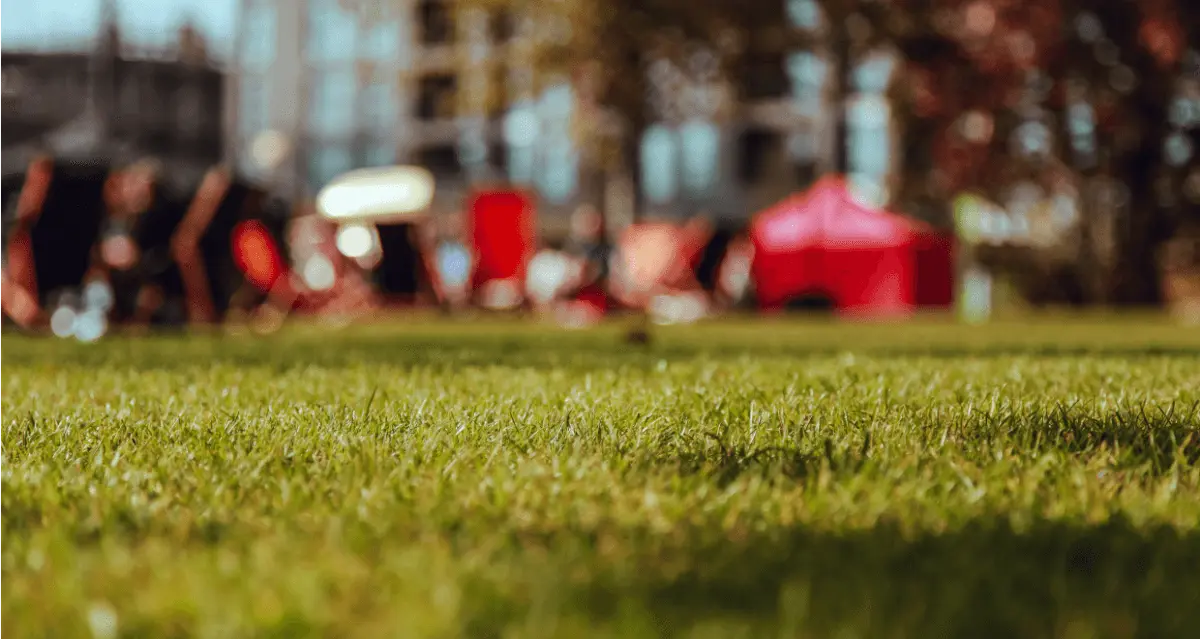Maintaining a healthy lawn takes effort.
It’s important to know the best time of day to fertilize your lawn to ensure the best results. Not only do you need to considered weather conditions and seasonal changes, but the time of day as well.
Read on to educate yourself more about fertilizer, what it does and the best time of day to fertilize your lawn.
What Fertilizer Does
Simply put, fertilizer is like the multivitamin of the plant world.
Lawn fertilizers aim to help your grass grow faster and in abundance by supplementing minerals and chemicals that plants need to thrive, such as nitrogen, phosphorus, and potassium.
There are a plentiful amount of different fertilizer brands and types on the market. Between chemical and organic fertilizers, there are lots of options for you to choose from. Different fertilizers have different minerals or levels depending on your location, type of grass, and other topographical factors.
What time of day is best?
The time of day that you spread your fertilizer on your lawn isn’t as significant as the time of year or applying it before or after rain.
Applying fertilizer to your lawn at different points throughout the day results in little to no variation in the effectiveness of the fertilizer. The main thing to be aware of is extreme heat and other weather conditions that affect the fertilizer.

What time of year should I use lawn fertilizer?
There are differing opinions as to what time of year is best for starting fertilizer treatments. Arguments go back and forth between fertilizing in the fall vs fertilizing in the spring.
Subsequent lawn treatments should be spread out every six to eight weeks on a recurring schedule for optimum effectiveness. Especially when using a granular chemical fertilizer, be cautious not to apply too much or too often since that can be toxic to the grass and fry your lawn.
No matter what time of year you are using fertilizer to improve your lawn, be most careful in the hot summer months. Extreme heat can cause some types of fertilizer to burn the grass, especially those that contain higher levels of Nitrogen.
Granular vs. Liquid Fertilizers
Granular or “dry” fertilizers have long been the most common type used for residential and commercial use alike. Not only are dry fertilizers cheaper to buy in bulk, they are easier to store and preserve over long periods of time.
Dry blends and granular, slow-release fertilizer are easy to broadcast and suited for broad-area coverage. They release their nutrients slowly — a good watering gets them started — giving you long-lasting, healthy results. -Planet Natural
Liquid fertilizers, on the other hand, have become more popular in recent years for a variety of reasons. These types of fertilizer are easy to apply uniformly over a lawn and are more easily absorbed by the soil.
With a liquid fertilizer, the gardener has control over dosage and how often the plants are being fed. Liquid fertilizers also give increased control when problems arise. The dilution rates and ratios between multiple liquid fertilizers can be quickly changed to reflect the growth of the garden. -Garden & Greenhouse
Granular fertilizers can dissolve and be absorbed in the ground over a period of time while liquid fertilizers can be applied at customized intervals depending on the concentration of minerals in the fertilizer mix and the frequency it is applied to the lawn.



Comments (0)
Thanks for your comment!
Thanks for your feedback! Your comments have been successfully submitted! Please note, all comments require admin approval prior to display.
Error submitting comment!
There is a problem with your comment, please see below and try again.